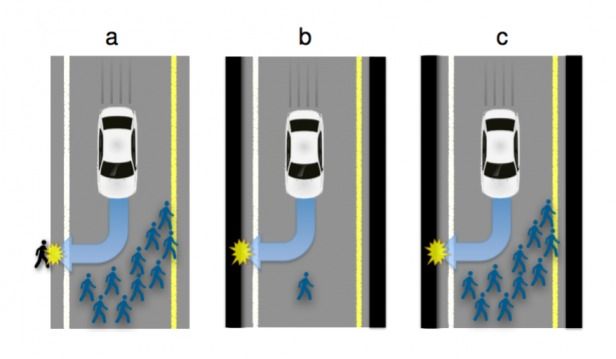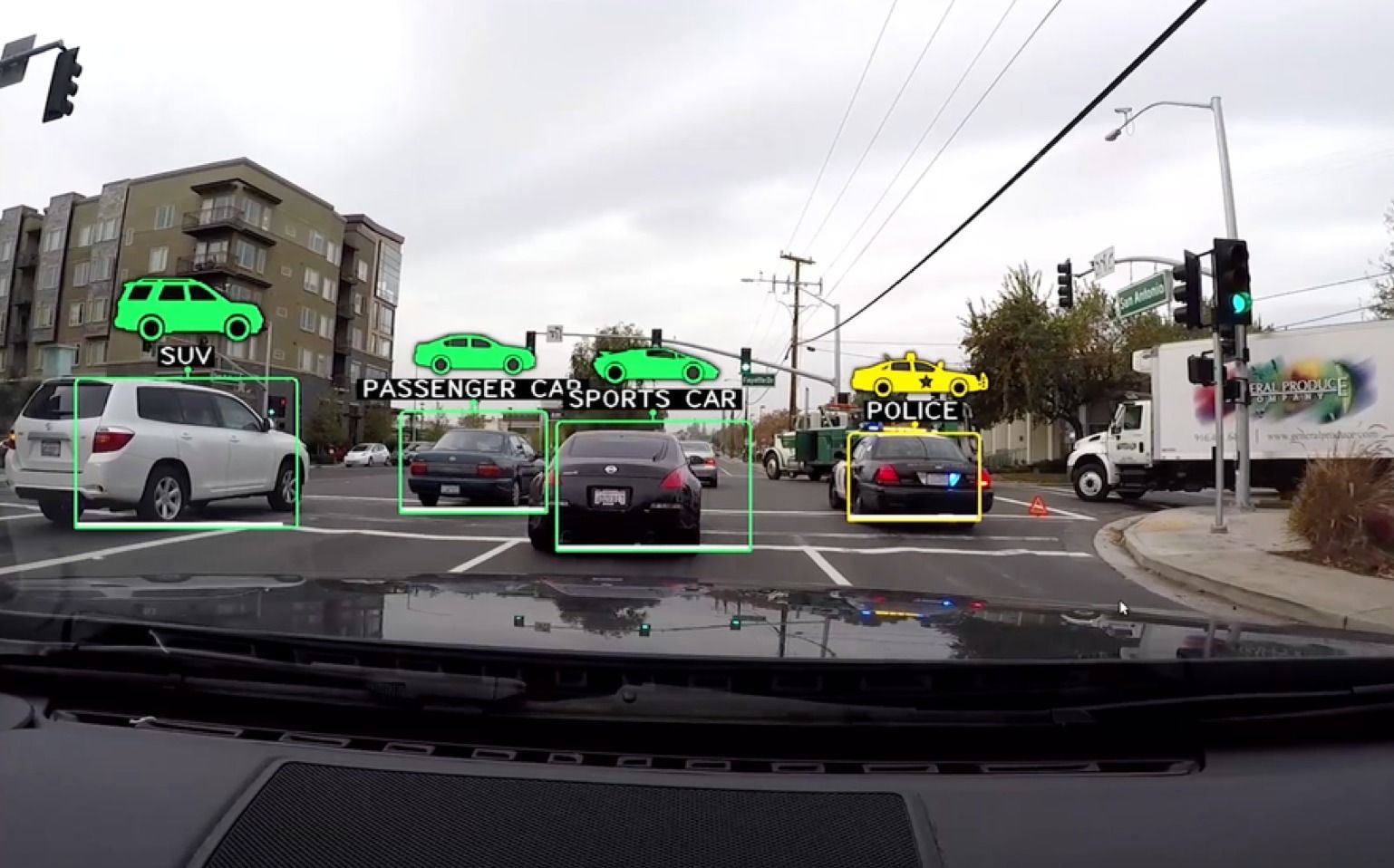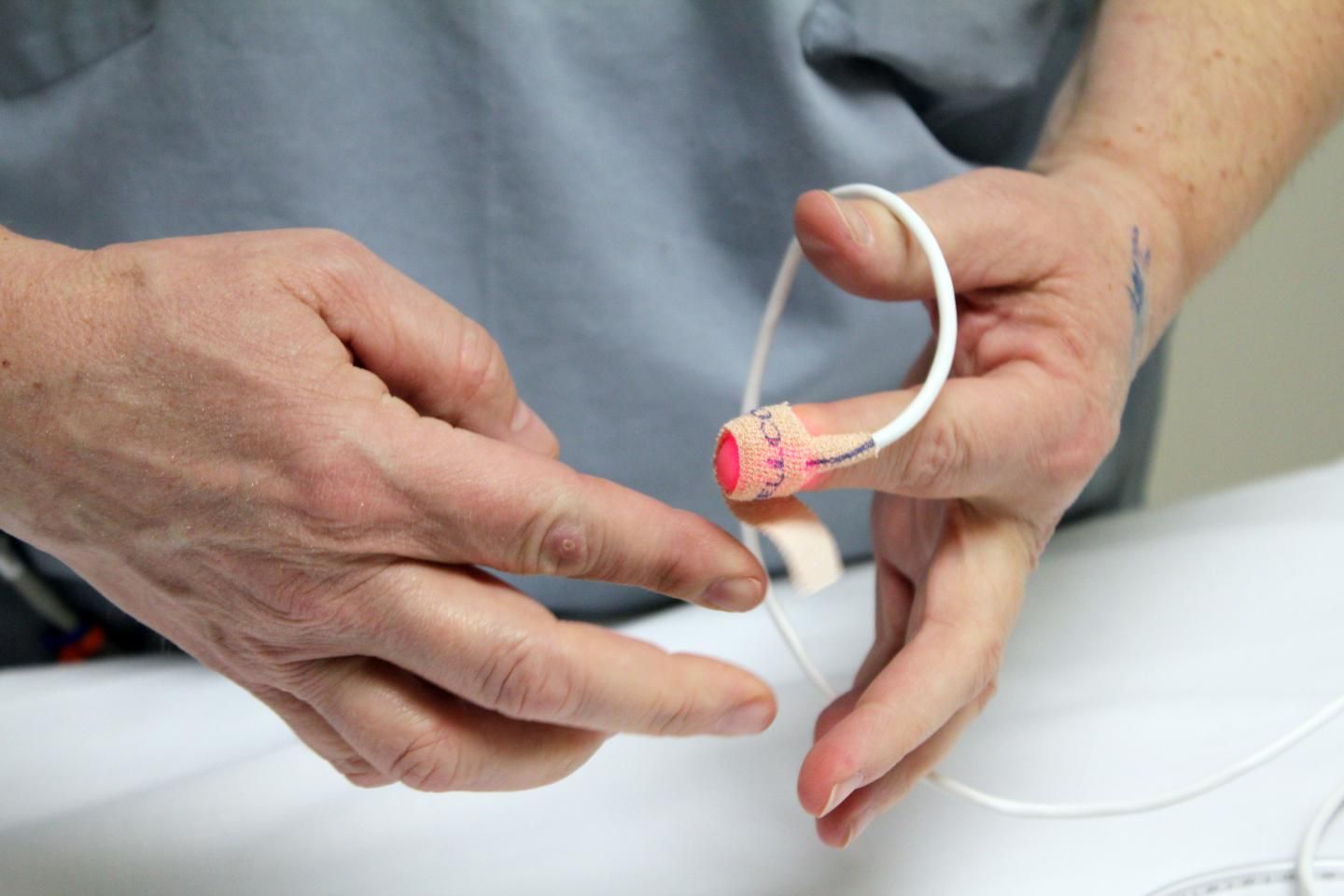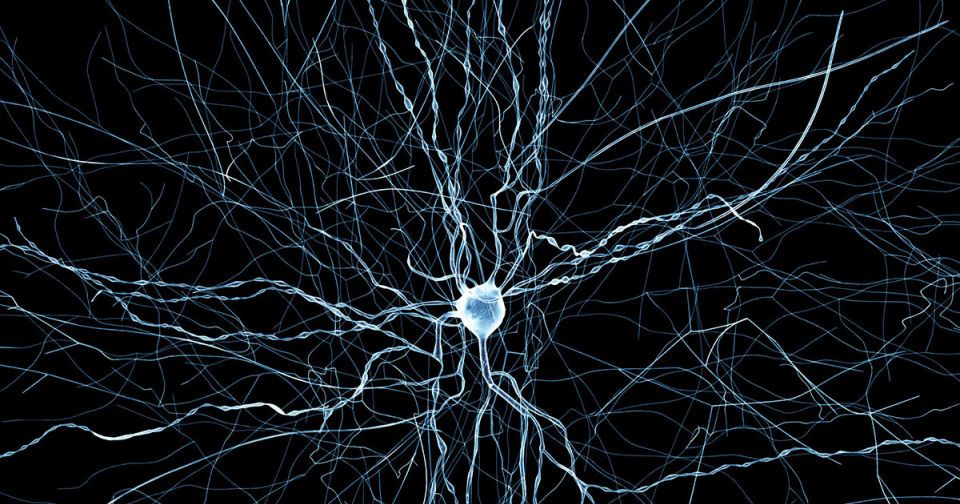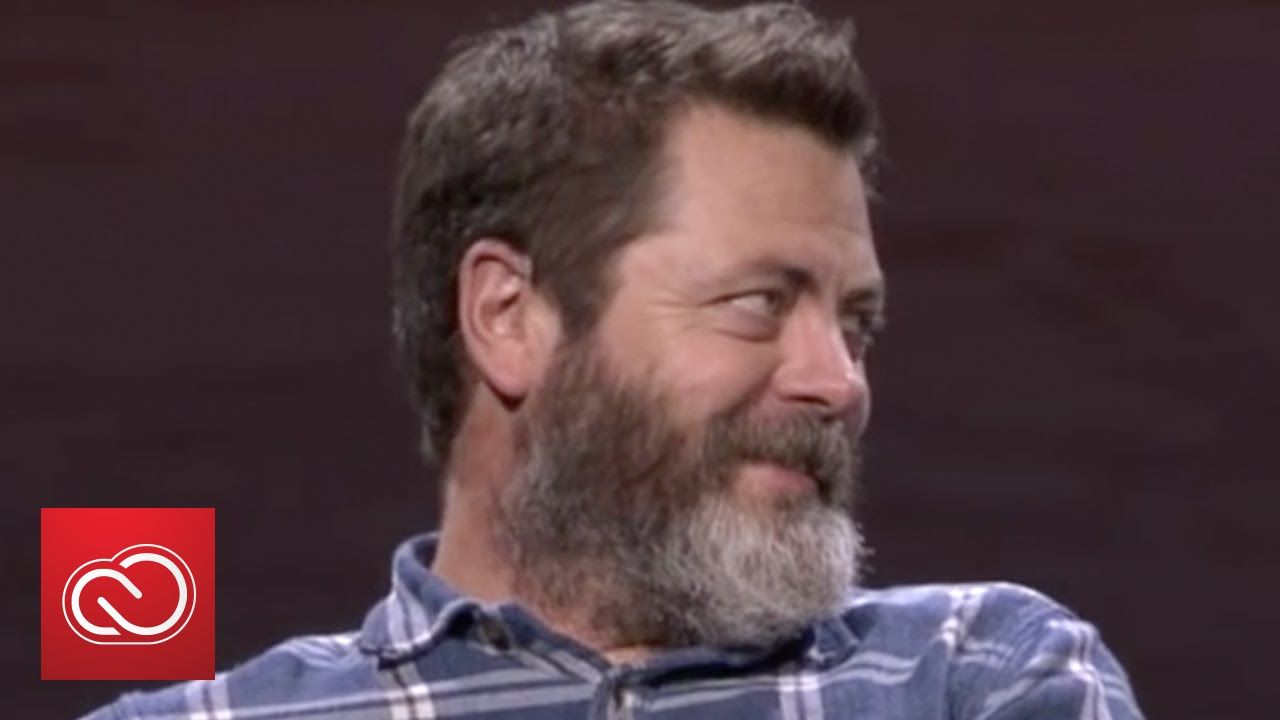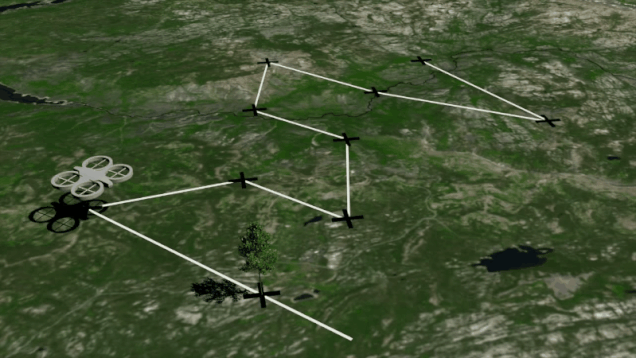Can the laws of physics change over time and space?
As far as physicists can tell, the cosmos has been playing by the same rulebook since the time of the Big Bang. But could the laws have been different in the past, and could they change in the future? Might different laws prevail in some distant corner of the cosmos?
“It’s not a completely crazy possibility,” says Sean Carroll, a theoretical physicist at Caltech, who points out that, when we ask if the laws of physics are mutable, we’re actually asking two separate questions: First, do the equations of quantum mechanics and gravity change over time and space? And second, do the numerical constants that populate those equations vary?

